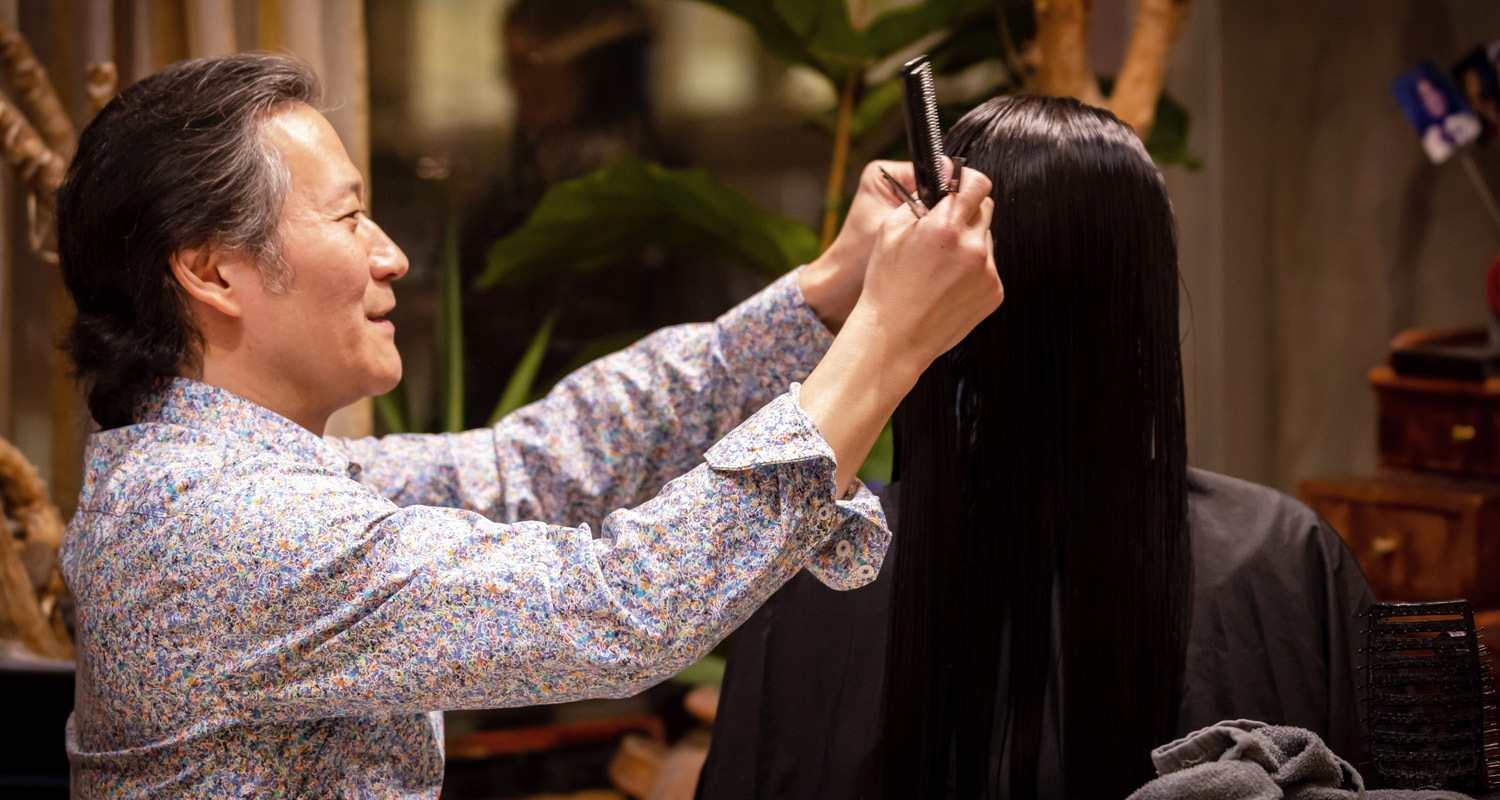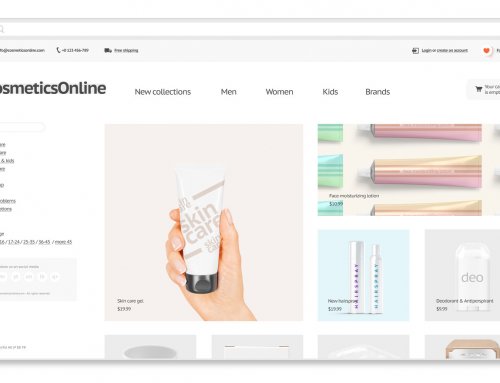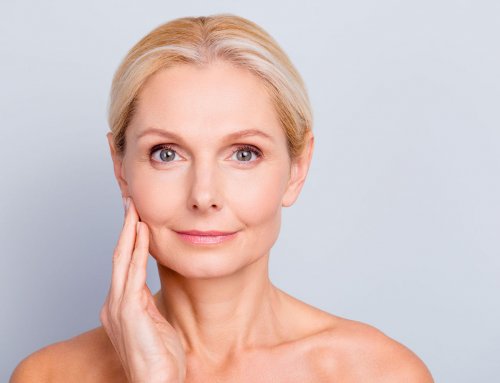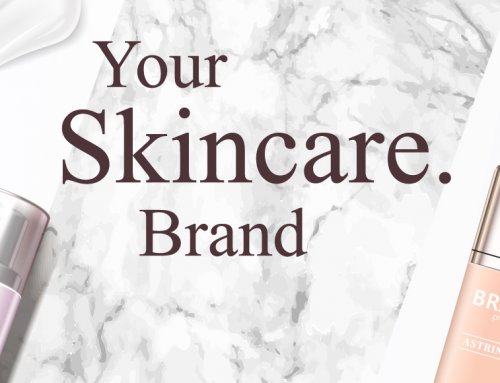Over the last 30+ years working as an educator and stylist, I have witnessed the evolution of natural hair care ingredients and styling aids.
The first recognizable commercial brand to tackle ‘natural’ was Aveda. Founded in 1978 by Horst Rechelbacher it integrated holistic thinking with Rechelbacher’s interest in products free from toxic chemicals. Since that time a lot of progress has been made in this field with a growing number of companies embracing the movement away from synthetic, harsh materials which were commonplace 30 years ago.
One trend that emerged was Sulfate-free shampoos. Sulfates (Sulphates) are surfactants and foaming agents, used in shampoos to clean the scalp and hair.
The common belief that more lather means cleaner hair has fueled the use of synthetic foaming agents such as Sulfates, often present in high concentrations. Sulfates are used in most liquid cleansers, including dishsoap or foaming bath products, as they share common ingredients and functionality. However, the main difference between shampoo and dishsoap is the secondary performance enhancing ingredients typically found in hair care. Hair care is formulated for specific hair types (e.g. fine, curly, straight, color treated) with active ingredients impacting the texture and condition of the hair.
While Sulfates are very good foaming agents, they have acquired a negative reputation in the hair and skin care marketplace due to their potential to cause irritation. As well, the efficiency with which they work can often result in the depletion of natural lipids (oils) in the hair and scalp causing both to become dry, brittle and flaky. When the scalp loses its natural oils, the sebaceous glands increase production, resulting in a lack of equilibrium. Sulfates can also damage the hair shaft, resulting in split ends and breakage.
To address concerns related to hair and scalp quality, surfactant manufacturers have developed alternatives which has resulted in an uptick in Sulfate-free shampoos. These ‘natural’, milder ingredients are less abrasive, resulting in softer hair with noticeable shine, as natural oils remain on the hair and scalp following cleansing.
Many of these new generation surfactants are natural origin. The most common of these are: Sodium Lauroyl Sarcosinate; Cetyl Betaine; Coco-Betaine and Sodium Cocoyl Isethionate.
These milder cleansing agents help lock in moisture; are less aggressive on color and curl treatments and are generally less likely to irritate the scalp. There are now many brands offering these shampoos which embody a natural, holistic approach to hair quality management.
The trade off with Sulfate-free shampoo is that it will not lather as effectively so you must adjust the way you wash your hair to get a good result. First, make sure the hair is fully wet, then dispense the shampoo into your palms, add water and create a mild foam before applying. Work the shampoo evenly through the scalp and hair ends, massaging gently with the fingertips to enhance distribution, then rinse thoroughly.
I encourage my clients to use Sulfate-free shampoos having seen noticeable improvements in hair and scalp condition with those who consistently use them.
Jay Yano, Master Stylist & Educator. As a salon owner, mentor and award winning stylist based in Vancouver, Jay has collaborated with industry leaders and independent salons, providing advanced styling techniques and salon marketing expertise.





